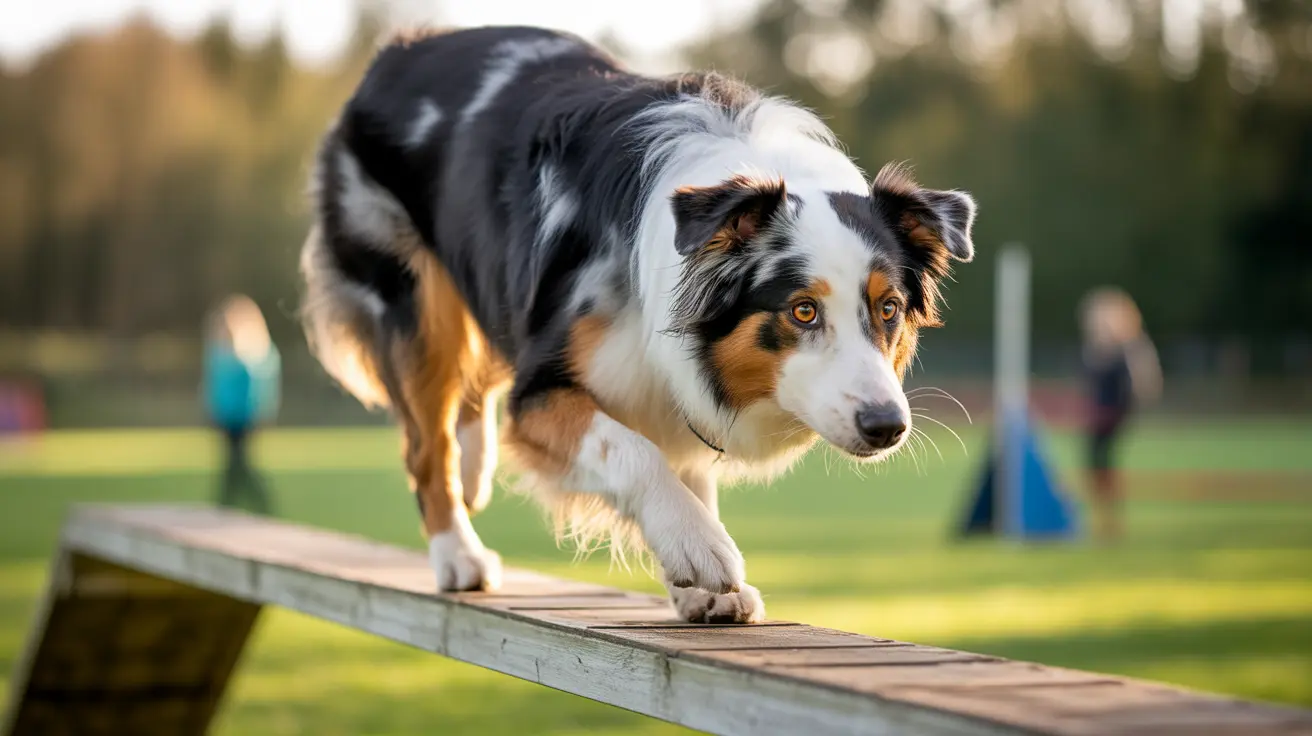Recognizing the Signs of Aging in Dogs
Watching your dog grow older is bittersweet. As the years go by, you might notice subtle—and sometimes not-so-subtle—shifts in their appearance, behavior, and health. Understanding these signs of aging helps you provide better care and comfort for your loyal companion.
When Is a Dog Considered Senior?
The age at which a dog is considered senior varies by size and breed. Small dogs often reach senior status between 7 and 10 years old. Medium-sized breeds typically become seniors around age 7, while large or giant breeds might show signs as early as 5 or 6. Aging isn’t sudden; it’s a gradual process that unfolds over time.
Physical Changes You’ll Notice
One of the first things many owners spot is graying or whitening fur, especially around the muzzle and face. The coat may thin out as well. Eyesight and hearing can fade—cloudy eyes are common, and your dog might struggle to see in dim light or react less to sounds. Some develop treatable eye issues like cataracts; others experience permanent sensory changes.
- Graying fur, particularly on the face
- Thinning coat
- Cloudy eyes or visible eye diseases
- Diminished hearing
Behavioral Shifts: Early Clues
Aging affects how dogs interact with their world. Many become more irritable or withdrawn—they may lose interest in playtime or prefer resting alone. Sleep patterns change: older dogs tend to nap more during the day but can be restless or anxious at night.
Cognitive decline (sometimes called canine cognitive dysfunction or dog dementia) brings its own set of symptoms:
- Confusion or disorientation
- Changes in activity level
- Forgetting familiar commands
- Increased vocalization
- Anxiety or restlessness (especially evenings)
- House soiling accidents
- Wandering or getting stuck in corners
Weight Fluctuations and Physical Health Shifts
Your dog’s weight may go up or down with age. Reduced activity and metabolism can cause weight gain; muscle loss or underlying conditions might lead to weight loss instead. Either way, keeping your dog at a healthy weight matters—obesity increases risks for arthritis, diabetes, and heart disease, while unexplained weight loss could signal medical trouble.
Pain and Mobility Issues
Aging joints often mean arthritis and stiffness. You might see limping, reluctance to exercise, hesitation with stairs, or difficulty jumping onto furniture. Adjusting routines—shorter walks, gentle activities like swimming—can help keep them comfortable. Supportive bedding, ramps, and non-slip mats are useful home adaptations.
Mouth Matters: Dental Health Declines
Seniors are prone to gum disease, tooth loss, bad breath, and oral infections. Daily brushing with dog-safe toothpaste plus regular veterinary dental checks make a big difference for comfort (and breath!). Don’t ignore signs like bleeding gums or trouble eating.
Sensitivity to Temperature & Digestive Changes
Elderly dogs don’t handle temperature extremes well—they’re more vulnerable to heat and cold. Digestive issues crop up too: vomiting, diarrhea, constipation, reduced appetite—all can become more frequent with age.
- Lumps under the skin: Many are benign but should always be checked by a vet.
- Skin/coat conditions: Dryness or flakiness is common.
- Incontinence: Difficulty controlling urination/defecation sometimes develops.
Dangers That Require Immediate Attention
Certain symptoms demand prompt veterinary care:
- Sudden appetite loss
- Unexplained rapid weight loss
- Bloating/swollen abdomen
- Persistent vomiting/diarrhea
- Trouble breathing/seizures/bleeding gums
The Role of Veterinary Care & Home Support
Your vet is your best ally as your dog ages—regular checkups (every six months for seniors) help catch problems early. Tailored nutrition keeps them strong; gentle exercise maintains mobility; pain management improves quality of life; supportive home modifications make daily living easier.
You know your dog best—watch for shifts in appetite, energy levels, sleep habits, mood changes—and don’t hesitate to seek advice about comfort measures or end-of-life care when needed. With attentive care and love, senior dogs can enjoy many happy golden years by your side.





